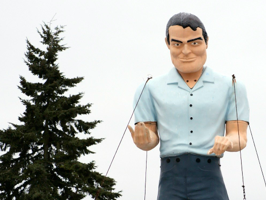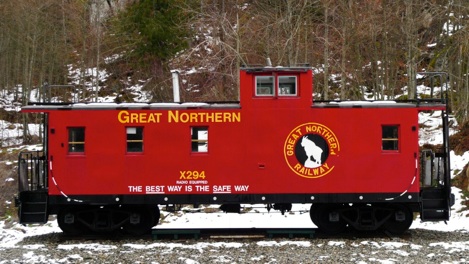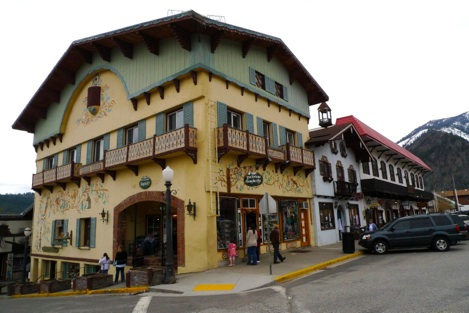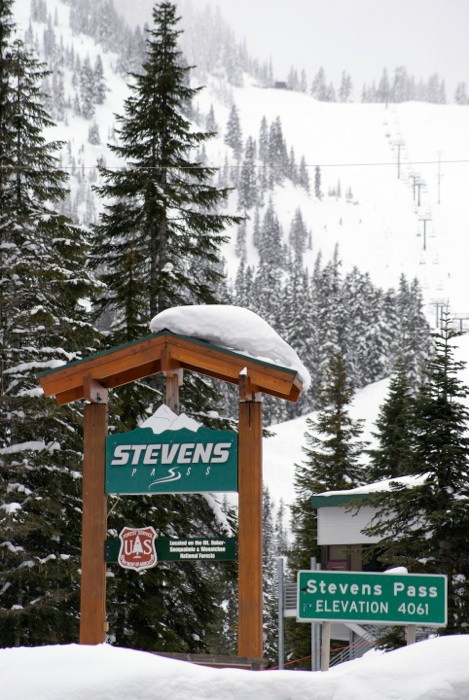
I’m about to head home via Hwy 2 along the path of the Great Northern.
With the vision of connecting Europe to Asia via a transcontinental railway along the northern United States, James J. Hill founded the Great Northern Railway line. The last and largest obstacle to realizing his vision was effective rail over the Cascades Mountains at the chosen site known as Stevens Pass.
The challenge wasn’t easily met but instead took several attempts to secure a safe and predictable path. First the crossing was done by an extensive series of switch backs which took many hours to traverse. Then a two-mile tunnel was built but both snow and smoke were troublesome and when an avalanche occurred killing many passengers an 8-mile tunnel was built. For 60 years this was the longest in the western hemisphere and its still in use today.
On the other side of Stevens Pass I found an eclectic variety of towns in eastern Washington. Of all things, a Bavarian-themed town was what I first came across. I went through several apple towns which were commercial centers for Washington’s 175,000 acres of apple orchard farms and learned about the area at the Wenatchee Valley Museum. Of course mining towns were abundant too as raw materials were a big part of what the railway brought to market.
This trip follows pretty closely the rails of the Great Northern. The places I’ll stay will be towns originally settled to support the railway. Sites I’ll visit often would explain the routing of the tracks. From north of Seattle to the rapids connecting Lake Superior and Lake Huron, I’ll be following this historic path.
To get to the eastern segment of the highway, also known as U.S. Highway 2, I’ll drive through Canada to the northeast corner of New York and drive to Acadia National Park. Over the course of many days I’ll drive around 2,600 miles, the longest highway stretch in all the United States.


